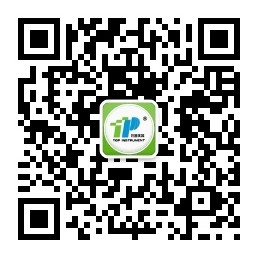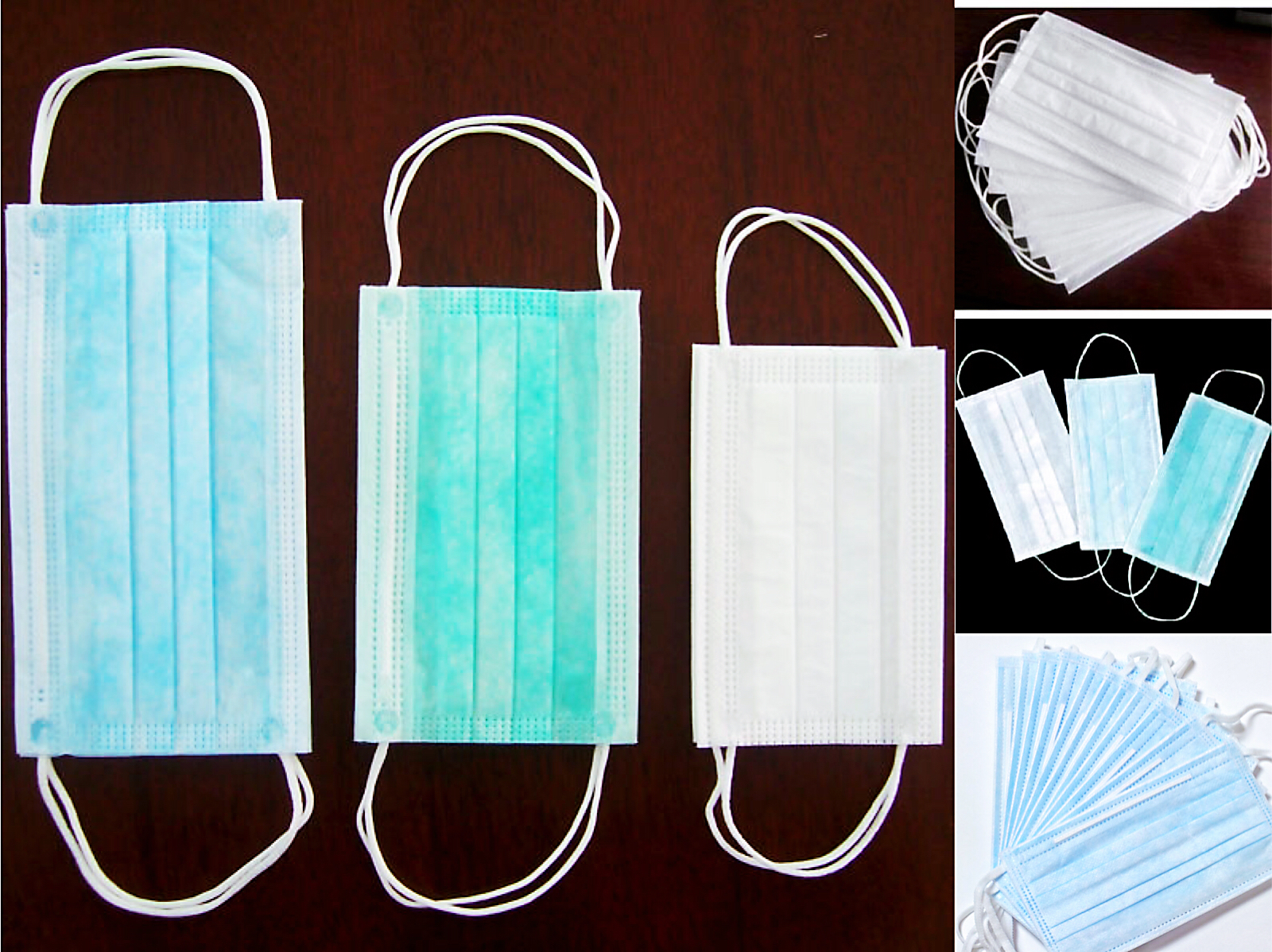The use of chemical fertilizers and pesticides in the cultivation of Chinese herbal medicines can also cause pollution, and there is also some pollution in various processing storage and transportation processes. Pesticide residue detection is a more complex trace analysis technique. Compared with the analysis of pesticide residues in foods, the pesticide residue detection of Chinese herbal medicines has the following characteristics: (1) the sample matrix is ​​complex; (2) there are many secondary metabolites, and the types are complex and diverse; The maximum allowable residue (MRL) requirement for pesticides is more stringent and the measurement method needs to have higher sensitivity; 1â„4 Chinese herbal medicines are mostly produced by small farmers, lack of unified and scientific crop protection guidance, which can easily cause confusion in the application of pesticides, and the types of application cannot be effectively counted. There is a higher requirement for the determination of pesticides; 1â„2 Chinese herbal medicines are different from foods and are used infrequently or in large quantities, but they are mainly used in frail populations. In view of the above circumstances, the development of a multi-residue assay method with high sensitivity, high specificity, and versatility and the development of a reasonable standard is an inevitable trend for the detection of pesticide residues in Chinese herbal medicines. The Pesticide Residue Tester is an instrument for the accurate determination of crop pesticide residues.
Growers frequently use pesticides, and often use several highly toxic pesticides. In particular, when pests are severe, the concentration of pesticides used doubles. During the cultivation and production of Chinese herbal medicines, Chinese herbal medicines passively absorb and accumulate pesticides from the environment contaminated by pesticides, such as soil, water, and the atmosphere. The timing and seasonality of use of pesticides are unreasonable. For example, in some Chinese herbal medicine production areas, soon after pesticides are applied, pesticides have not been degraded (such as some systemic pesticides) before they are harvested. Through the determination of the pesticide residue detector, it is found that in the production process of traditional Chinese medicine, there are many links and there is a high possibility of contamination, such as pollution of accessories and drying places during the concoction of medicinal materials. In addition, in the packaging and transportation of traditional Chinese medicines, if medicines are packaged with pesticides and chemical fertilizers, vehicles transporting pesticides and fertilizers will cause pollution if they are not thoroughly cleaned. Therefore, there are pesticide residues in the Chinese herbal medicines that are circulated on the market, and there are many kinds of pesticides in pesticides, and the pesticides used in the same kind of herbs are not fixed.
Due to the variety of Chinese herbal medicines and the complex composition, there are even differences in the ingredients of the same variety in different regions. These conditions make the extraction and separation of pesticide residues in Chinese herbal medicines relatively difficult, thus making the detection technology of multiple pesticide residues in Chinese herbal medicines develop slowly. As the originator of Chinese herbal medicines, China has not paid sufficient attention to the development of pesticide residue monitoring and detection technology in Chinese herbal medicines. In particular, it is necessary to develop and establish high-throughput detection technologies for hundreds of pesticides in Chinese herbal medicines. The main direction of the study.
With the integration of the world economy, pesticide residue detectors should continue to improve the level of detection of pesticide residues. In order to cope with the continuous changes in the status quo of pesticides used in traditional Chinese medicines, indicators for the detection of pesticide residues in Chinese herbal medicines need to be continuously expanded and updated. The necessity of testing index settings is evaluated based on continuously accumulated testing data, making China's use of traditional Chinese medicine The scope and level of detection of pesticide residues have been continuously improved.
Scan the WeChat QR code and automatically obtain the latest agricultural instrument information every day: 
Non-woven face masks are made of top-grade nonwoven fabrics. The product of our company is highly breathable. We also can produce the face mask as each customer requirements.

Details of Nonwoven Masks:
|
Material |
Non-woven polypropylene fabric |
|
Style |
Tie on, ear loop |
|
Application |
For medical, surgical, industrial sector |
|
Color |
White, blue, green |
|
Layer |
1/2/3 layers |
|
Storage |
Stored in dry, humidity below 80%, ventilated, non-corrosive gases warehouse |
|
Terms of payment |
T/T |
|
Feature |
1. Fluid Resistant, dustproof, windproof, keep warm
2. Good breathable |
If you have any question about nonwoven mask, please contact us directly. We will response you as soon as possible. Non-woven Slippers are produced by Yuyang Machinery with high quality and good appearance.
Non-woven Masks,Non-woven Facial Masks,Non-woven Face Mask,Non-woven Whitening Masks
Yangzhou Yuyang Nonwoven Machinery Co., Ltd , https://www.yynonwovenmachine.com